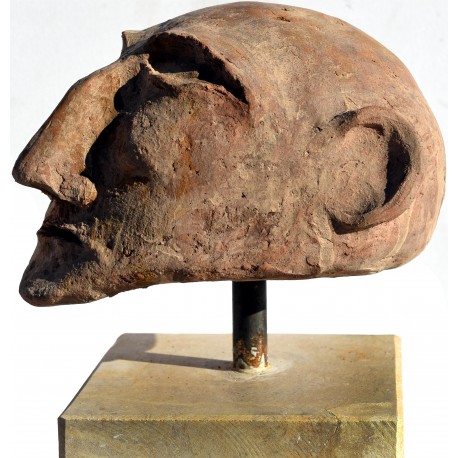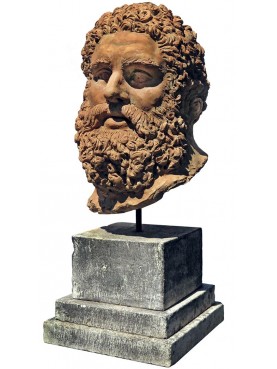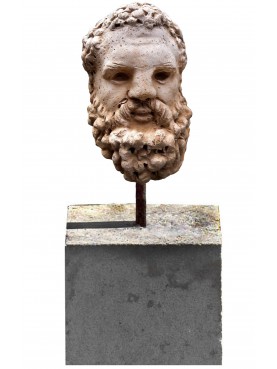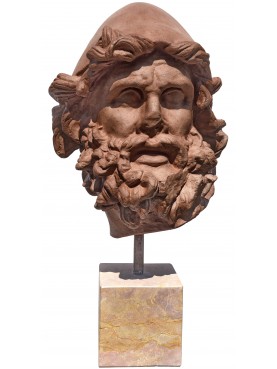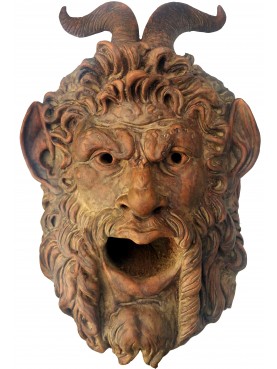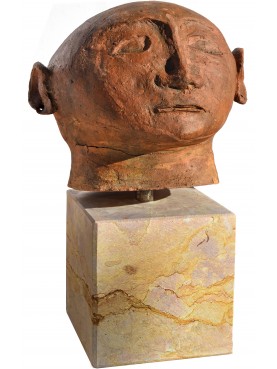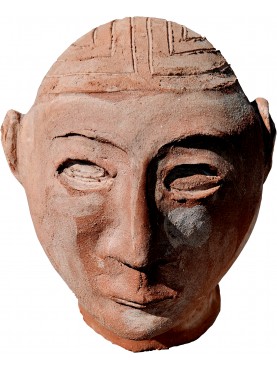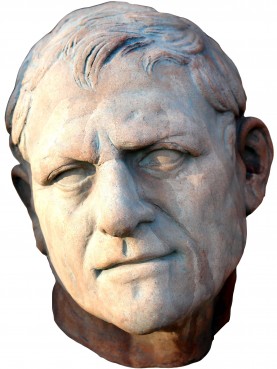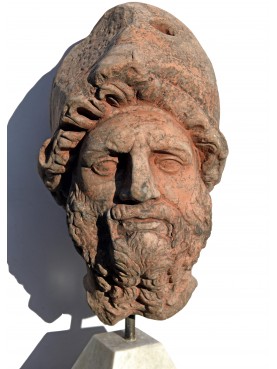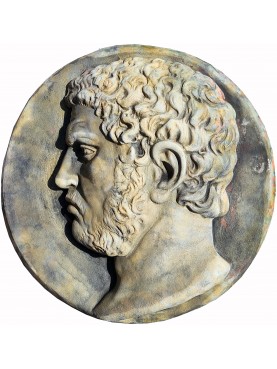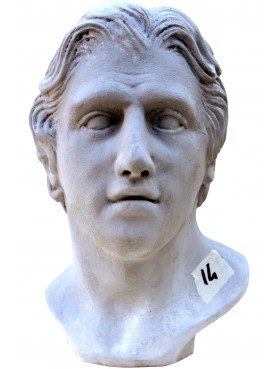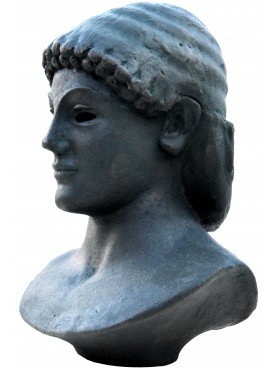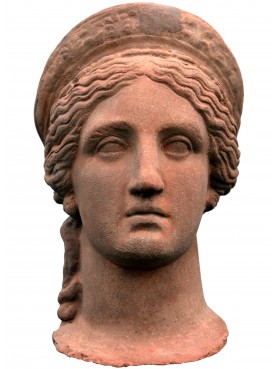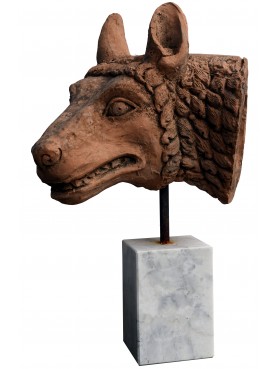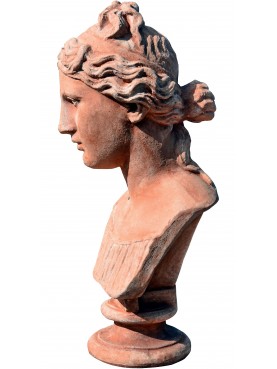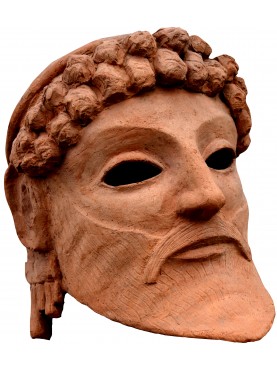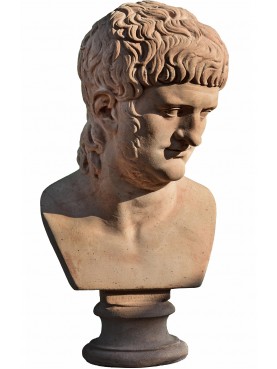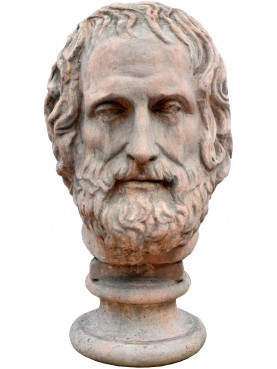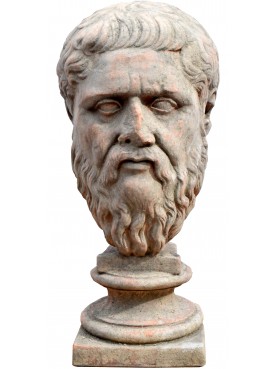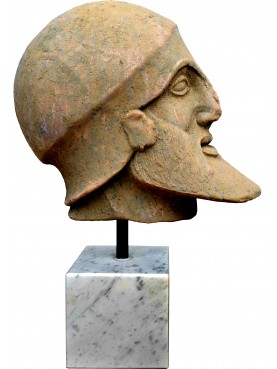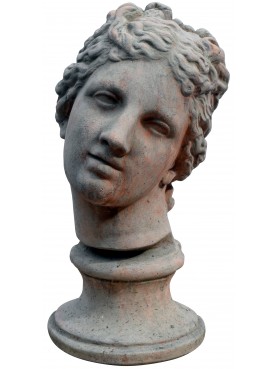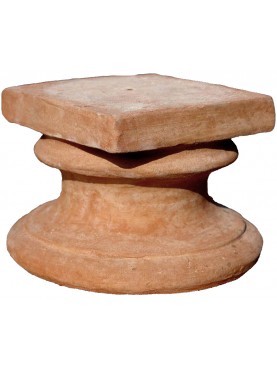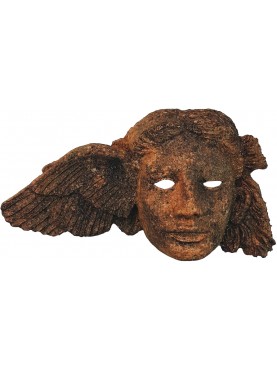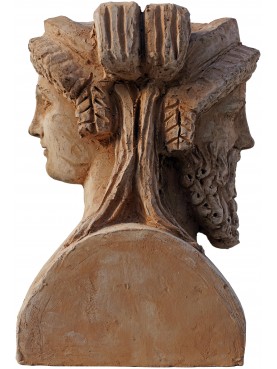Etruscan canopy our reproduction in terracotta
Etruscan canopy our reproduction in terracotta
12240
New
2 Available
Data sheet
| Height | 6.69 in | 17 cm |
| Width | 7.87 in | 20 cm |
| Depth | 6.3 in | 16 cm |
| Weight | 33.07 lbs | 15 Kg |
| Height including base | 14.17 in | 36 cm |
| Square base | 6.30 in X 6.30 in | 16 X 16 cm |
| Manufacturing | Made in Italy (Tuscany) | |
| Material | Terracotta, iron and marble | |
| Museum where the Original is exhibited | Chiusi Museum | |
| Note 01 | Hand made |
More info
National Etruscan Museum
Established in 1871, the Museum was moved to its current Neoclassical building in 1901, where many rare and precious finds are displayed, crossing the entire development of the Etruscan civilization. The exhibition, set up in 2003, is very well kept from an aesthetic and scientific point of view; it follows a thematic and chronological approach and takes up the two floors of the building. Great attention has been given to the preservation and conservation of the displayed materials, most of which came from private collections clustered during 19th and 20th centuries and from scientific archaeological excavations. Some of the typical traits of the Etruscan civilization developed on the territory of Chiusi are represented by Canopies on the throne, laminated bronzes, buccheros with “cilindretto” and imprinted decorations, statues and reliefs made of sulphurous stone as well as sarcophaguses and urns made of clay and alabaster; there are also significant imported products like many painted Greek vases, belonging to the best Attic production. The statue of Augustus, considered one of the most refined portraits of the emperor, stands out for its beauty among the other Roman statues. Last but not least, rich and precious Lombard grave goods, completing the history of the city in the museum, are worth a visit.
Canopus - Cinerary vase, typical of the Etruscan Chiusi, with the pot-bellied body and the neck or lid shaped like a human head. This reminded the living of the physiognomy of their deceased loved ones who lived a second life in the hereafter. The canopic jars have such exact features and expressive power that they can rightly be considered as the first examples of the art of portraiture on Italian soil. The prototype of the canopic jars has been sought in the civilization of the terramaricoli and Phrygian or Phoenician-Cypriot influences have been recognized in it: in truth, the custom of decorating the body of some vases with human features dates back to very remote antiquity, since specimens of this kind they were found in the pre-cenean strata of Troy. However, they are completely different from the Etruscan canopy. The canopy was born as a native art product of the Chiusi area and has its own evolution. In the seventh century we find urns with very long necks, but aniconic; one of these, coming from Poggio alla Sala, appears placed on a throne; it therefore symbolically represents the deceased. Also in the same century, the cinerary began to be identified by applying bronze or terracotta masks to the neck of the vase. From the type thus obtained it is a short step to the canopic itself. The first half of the century VI is the period of greatest flowering of the canopic jars. Every care is taken in portraying the features of the deceased, and often to indicate the human body two bumps are applied to the surface of the vase indicating the breasts and two arms on the sides. A specimen from Dolciano is the best representative of the bronze canopic. The head, made of clay, is carefully worked, with the mop reaching the hip; the throne on which he is placed is decorated with the usual motifs of orientalizing art, that is, with winged animals. Simpler, but no less accurate, is a terracotta canopic from Chiusi and now in the Civic Museum of Bologna.

